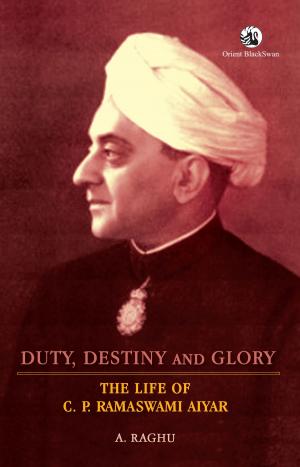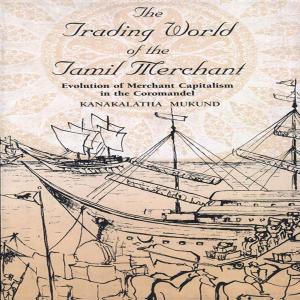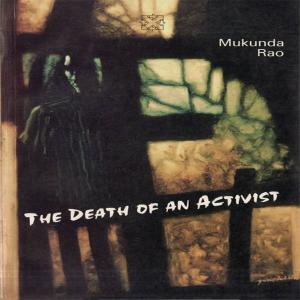Differences Within Consensus
The Left-Right Divide in the Congress
Nonfiction, Social & Cultural Studies, Political Science, Government, Democracy| Author: | Reba Som | ISBN: | 9788125054702 |
| Publisher: | Orient Blackswan Private Limited | Publication: | December 15, 2009 |
| Imprint: | Language: | English |
| Author: | Reba Som |
| ISBN: | 9788125054702 |
| Publisher: | Orient Blackswan Private Limited |
| Publication: | December 15, 2009 |
| Imprint: | |
| Language: | English |
The decade 1929-39 saw the steady coalescing of the ‘right’ wing point of view within the Congress leadership. Vallabhbhai Patel, Rajendra Prasad and C. Rajagopalachari were the chief articulators of this position. Originally inspired by Gandhi, the trio developed into an independent coterie as a result of the challenges it faced not only from British imperialism, but also from the ‘left’ wing in the Congress. The ‘left’ wing, represented by Nehru, Bose, the Congress socialists and the communists, could not, however, put up a united front against the ‘right’ wing.The book focuses on this left-right encounter, identifies the composition of the two groups, studies the social background of the chief spokesmen on both sides, distinguishes their broad points of view on key issues, and analyses their interaction within the overall consensus framework of the Congress. Meticulously researched and lucidly written, this study throws light on the decade that proved critical in determining the socio-economic direction adopted by post-independence India under Prime Minister Jawaharlal Nehru.
The decade 1929-39 saw the steady coalescing of the ‘right’ wing point of view within the Congress leadership. Vallabhbhai Patel, Rajendra Prasad and C. Rajagopalachari were the chief articulators of this position. Originally inspired by Gandhi, the trio developed into an independent coterie as a result of the challenges it faced not only from British imperialism, but also from the ‘left’ wing in the Congress. The ‘left’ wing, represented by Nehru, Bose, the Congress socialists and the communists, could not, however, put up a united front against the ‘right’ wing.The book focuses on this left-right encounter, identifies the composition of the two groups, studies the social background of the chief spokesmen on both sides, distinguishes their broad points of view on key issues, and analyses their interaction within the overall consensus framework of the Congress. Meticulously researched and lucidly written, this study throws light on the decade that proved critical in determining the socio-economic direction adopted by post-independence India under Prime Minister Jawaharlal Nehru.















